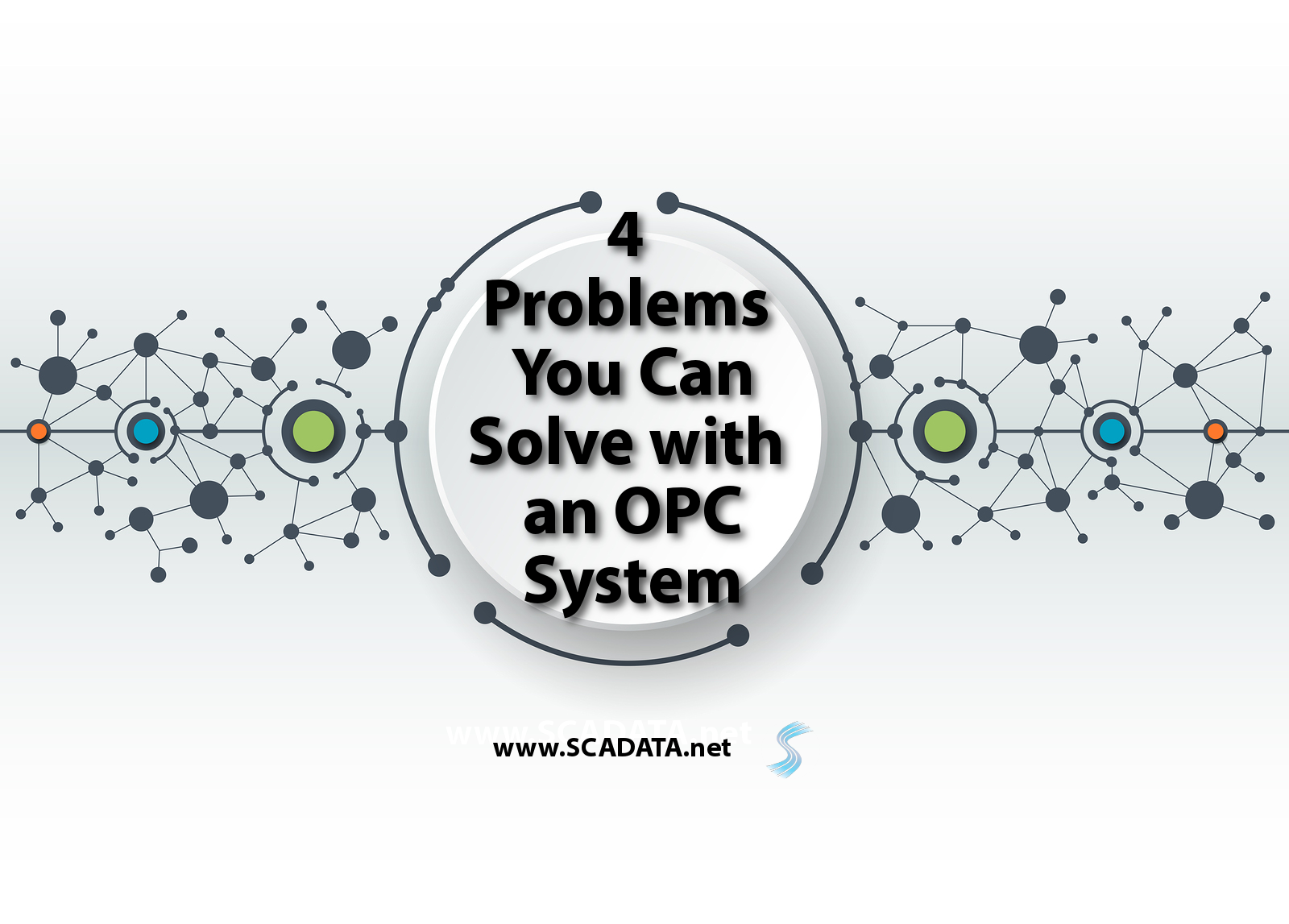So you have a system you use in your industry�maybe it�s SCADA, or some other kind of telemetry setup. It may already be a pretty solid system, but you can always make it even better. Incorporating an Open Platform Communications (OPC) system into what you do will improve your setup tremendously. Here are four problems you can solve with an OPC system.
#1 – Proprietary protocols can become overwhelming
In the world of computers, �protocols� are standards or procedures that determine how data is going to be exchanged between devices. If two devices are using the same protocol, they�re going to be on the same page as far as how the data should be formatted, how it will be sent, etc. If they aren�t on the same page, you have a problem.
Vendors often use protocols that are exclusively specific to their products�as opposed to standard protocols that have been established by national or industry-wide organizations. These proprietary protocols allow the vendor�s devices and applications to communicate with each other. However, these cannot communicate with devices from other vendors without the use of a custom driver. As a result, combining products from multiple vendors can become a bit of a headache.
The problem doesn�t stop there. Some vendors employ a different set of protocols for each product line, making devices from the same vendor incapable of communicating with each other. With OPC, however, it doesn�t matter if two devices don�t have matching protocols. As long as they are both OPC-enabled, they will be able to easily exchange information via an OPC client and server.
#2 – Too many custom drivers are difficult to track
If there�s going to be any communication between two devices, there needs to be a connection between them first. At first glance, that doesn�t seem like much of a problem. It�s not too hard to connect two devices, is it? We easily connect our smartphones to our PCs everyday.
The problem occurs when you�re trying to connect more than two devices. Remember, in a system where everything has different protocols, devices may not be able to communicate with each other on their own. The traditional solution for this is to install a custom driver that allows the devices to connect and exchange information.
Unfortunately, this gets complicated quickly. Each individual connection in the system ends up requiring its own custom driver to function. This means that if you need your HMI (human machine interface) to communicate with three different RTUs (remote terminal unit), it will need three different custom drivers installed�one for each of the RTUs. And if you want it to communicate with other devices, the HMI will need a custom driver for each of those as well. This can be a mess to keep track of and maintain, especially when it comes to keeping everything updated.
With an OPC system, the need for multiple custom drivers is eliminated, because OPC connectors allow a single driver to be shared by multiple programs or devices. So, instead of needing a custom driver for each RTU that you want to connect to your HMI, you only need one. It�s much, much simpler.
#3 – Traffic and loading issues
When you have a conversation with someone, it�s easiest for both of you if you can stay focused on that exchange. Maybe you could type an email to someone else at the same time, but your attention will be divided, your responses will take longer, and you will be less able to focus on the conversation at hand.
Now imagine trying to correspond with 10 different people at once.
This is one of the problems you can face with a system that uses multiple custom drivers. Each application will request information from a device which will send a signal via its driver. This means a device that�s connected to multiple devices or applications can be trying to receive and send multiple signals at the same time. And since many devices�like people�can only accept and handle a limited number of connections at a time, actually exchanging information can take much longer than it should. There�s just too much traffic to process.
The traffic issue can be greatly reduced by using OPC connectors. OPC connectors use a single connection allowing a device to communicate with multiple applications at once. Because the signal to the device is going through a single connector, and the connector can communicate simultaneously with several applications, you can send and receive more information without the device getting overwhelmed as quickly.
#4 -�Obsolete systems
We are faced with obsolete systems all the time. This isn�t too surprising. When a vendor releases a new line of products, previous systems often become more popular than older products.
Unfortunately, this also means that if you�re still using the older products, they probably aren�t supported anymore. As a result, the vendor likely isn�t making updated custom drivers for them anymore, either. If you’re using obsolete systems and you want to update other applications, you may end up needing to update more than you�d bargained for in order to keep everything compatible.
Not so with an OPC system! It doesn�t matter if your devices speak an archaic language as long as they have a translator, which in this case is an OPC connector. The OPC connector makes it possible for your newest application to communicate with the older parts of your system. As long as all the parts are OPC-enabled, they can interact without stumbling.
OPC can help!
OPC systems can�t solve all of your system�s problems, of course. Every system has its limits, pros, and cons. But, if any of these problems sound a little too familiar, maybe you should consider looking into what OPC systems might be able to do for you. It might just help things run a little smoother.
Check here for more in-depth information about OPC systems.

